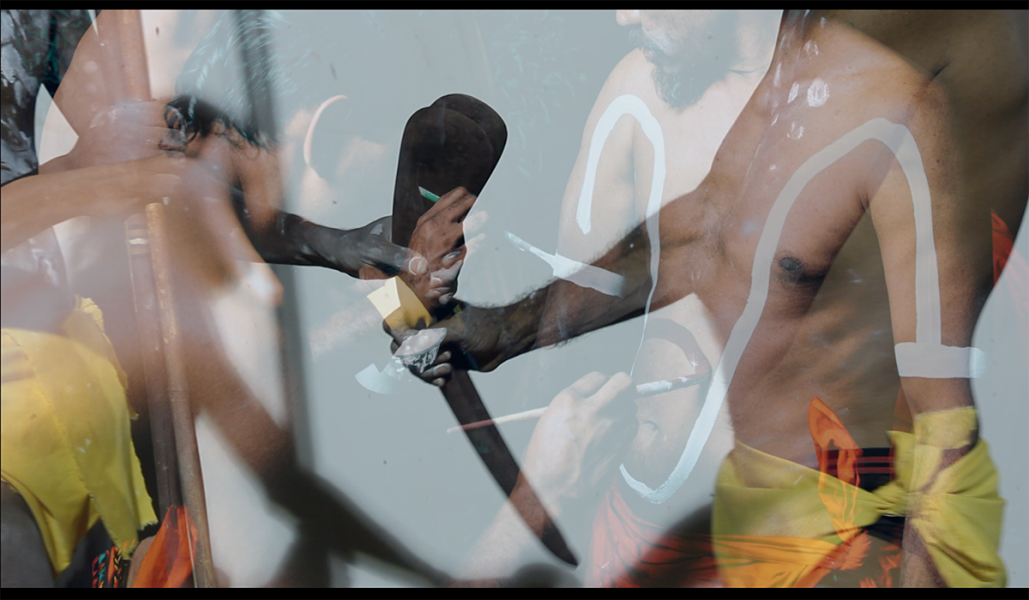In 1841, the American painter John Goffe Rand patented the metal paint tube. With that simple piece of equipment, he launched the practice of painting outdoors known asplein air painting, which is still gaining followers to this day.
Today, there is a wide array of equipment devoted to servicing plein air painters. There are easels and accessories to suit your needs, whether your goal is to paint in a city park, or at the top of a mountain.
Easels
1. Field Easel
Field easels are the most basic plein air option. These three-legged easels are made of wood or metal, and do nothing more than hold a canvas.
While they are lightweight and inexpensive, field easels lack the convenient storage and palette-holding capability of more elaborate easels. You may want to add both brush and palette holders (which you can clip onto your easel) or bring along a small folding table so that you won’t have to put your tools on the ground when you’re not using them.
2. French-style easel
The traditional wooden French easel is sturdy and economical, but can be heavy when fully loaded, so you may want to consider a lightweight version if you intend to carry your gear for long distances.
3. Pochade box
One downside of the pochade box is that it doesn’t have legs. You can hold it on your lap, use it on a table top, or mount it to a sturdy camera tripod, allowing you to stand while you paint. If you choose to use a tripod, make sure it’s equipped to carry the weight of your pochade box, as most are designed for the lighter weight of a camera.
4. Tripod-based easel
Tripod systems are lightweight and can be set up quickly, and their palette surfaces are often larger than those of the French easel and the pochade box. Having a generous area for mixing means you’ll spend less time cleaning your palette as you work, and it makes it easier to work on large paintings.
Like the field easel, however, these easels lack storage. You’ll need a backpack or cart, as well as a panel carrier to transport your paints, brushes, and wet paintings, along with the easel components themselves.
Easel accessories
A packing list for plein air painting
- A wet panel carrier to transport your paintings
- Painting panels, which are sturdier and thinner than canvas, and also less likely to blow away in the wind
- A hat to block the sky’s glare and help you determine the values of the landscape more easily
- A bag for your trash
- A leak-proof container of brush cleaning water or solvent
- Lidded palette cups filled with your painting mediums
- A palette knife to mix paint and clean your palette
- Paper towels or rags
- Drinking water and snacks
- Insect repellant
- Extra clothing layers
While initially gathering an easel and other equipment may be a daunting prospect, the rewards of plein air painting will become obvious from the first time that you work outdoors. Paintings created under the abundant light of the sky are imbued with a sensation of time and place that’s difficult to achieve from a photographic reference. They are a direct visual response to the world around you.












